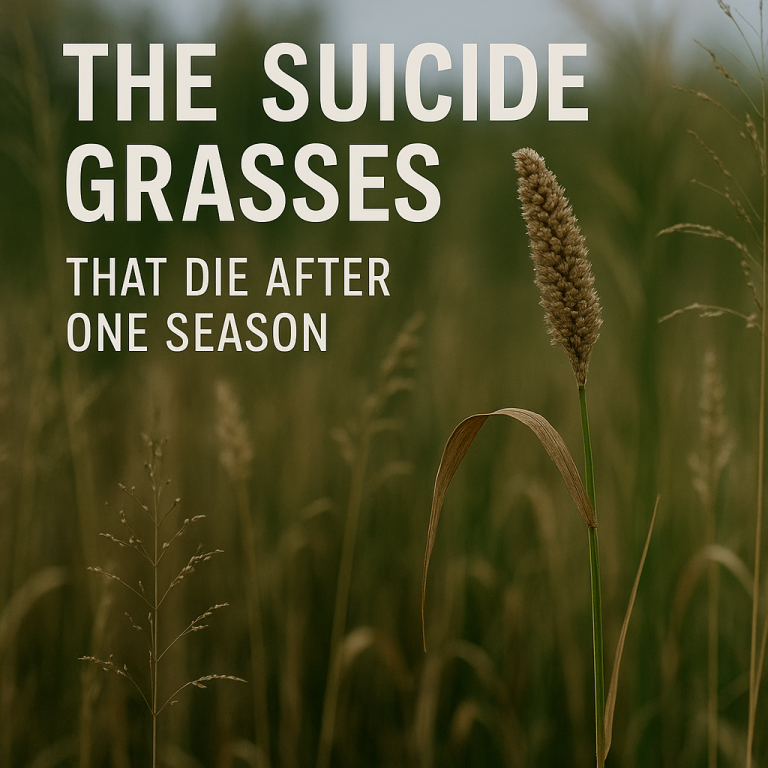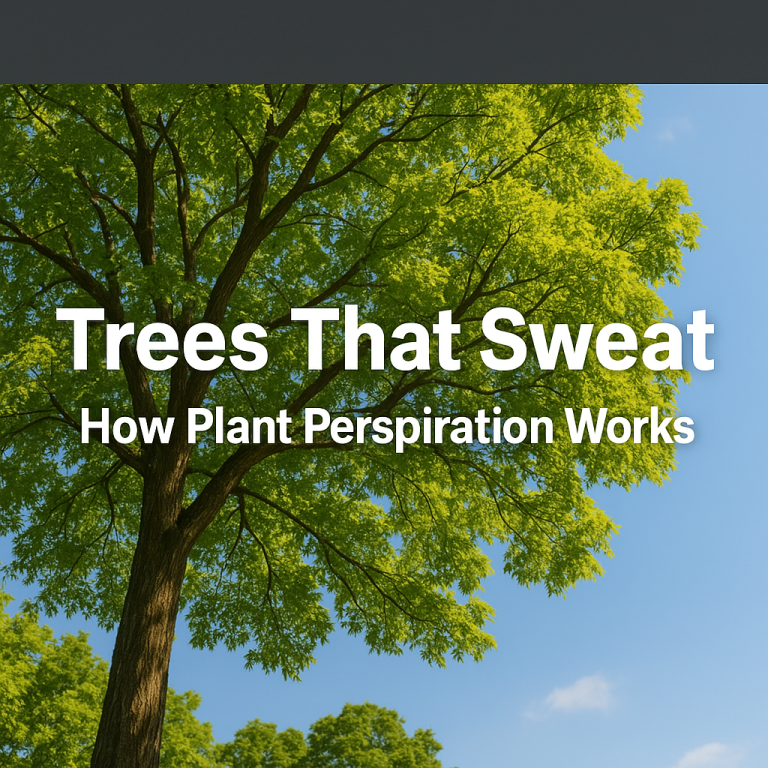Most people know to wear sunscreen to protect against UV rays—but did you know flowers have their own natural sunscreen? From alpine blooms that survive intense mountain sunlight to tropical flowers that filter harmful rays, plants have evolved brilliant UV defense systems to protect their delicate reproductive parts.
Scientists are now uncovering how these natural mechanisms work—with potential applications for human sun protection, crop resilience, and even space agriculture. This article reveals the fascinating world of UV-blocking flowers, their hidden adaptations, and what we can learn from them.
Why Do Flowers Need UV Protection?
Unlike humans, flowers can’t seek shade when the sun gets too intense. UV radiation (especially UV-B rays) can:
-
Damage pollen DNA, reducing fertility
-
Break down pigments, causing colors to fade
-
Increase water loss through petals
To survive, many species have developed built-in “sunglasses”—natural compounds and structures that filter or reflect harmful rays.
5 Flowers With Incredible UV Defenses
| Flower | UV Protection Method | Habitat |
|---|---|---|
| Alpine Edelweiss | Woolly white hairs reflect UV | High mountains |
| Arctic Poppy | Concentrated UV-absorbing pigments | Tundra |
| Sunflower | Flavonoid “sunscreen” in petals | Open fields |
| Buttercup | Mirror-like petal cells bounce UV | Temperate meadows |
| Passionflower | Blue halo scatters damaging rays | Tropical forests |
1. Alpine Edelweiss: The Fuzzy UV Shield
This iconic mountain flower grows where UV radiation is 50% stronger than at sea level. Its secret?
-
Dense white hairs create a protective fur coat
-
Lignin-rich cell walls absorb UV like natural SPF
-
Reflects up to 90% of UV-B rays
Human application: Researchers are mimicking its hairs to create UV-resistant fabrics.
2. Arctic Poppy: The Polar Sunglass Flower
In the 24-hour daylight of Arctic summers, this yellow bloom survives using:
-
Special anthocyanin pigments that absorb UV like blackout curtains
-
Parabolic petals that focus warm light on the center while blocking UV
Scientific discovery: Its pigments are 10x more UV-absorbent than typical flower compounds.
3. Sunflowers: Solar Panel Flowers With a Dark Secret
Sunflowers track the sun, but their UV protection comes from:
-
Flavonoid compounds concentrated in the dark center (like natural sunscreen)
-
UV-absorbing pollen that protects genetic material
Farmers take note: Breeders are selecting high-flavonoid varieties for climate-resistant crops.
How Flower UV Protection Works: 3 Key Strategies
1. Pigment Power (Nature’s Sunscreen)
-
Anthocyanins (red/purple pigments) absorb UV like plant melanin
-
Flavonoids in yellow/white flowers act as molecular “sponges” for UV
2. Structural Defenses
-
Hairs/wax layers scatter light (like frosted glass)
-
Mirror cells in buttercup petals reflect UV away from sensitive parts
3. Biochemical Repair Kits
Some flowers produce enzymes that fix UV-damaged DNA overnight.
Human Uses Inspired by UV-Protected Flowers
1. Next-Gen Sunscreens
-
Lotus-inspired UV filters that won’t wash off in water
-
Edelweiss extract in high-end skincare (already used in Swiss brands)
2. Climate-Proof Crops
-
Genetically boosting flavonoid levels in wheat and rice
-
UV-blocking greenhouse films modeled on poppy petals
3. Space Farming Potential
NASA studies arctic poppy pigments to protect plants in Mars greenhouses.
Can You Grow UV-Resistant Flowers at Home?
Best Varieties for Sunny Gardens
✔ Blanket Flower (Gaillardia) – Thrives in brutal sun
✔ Ice Plant (Delosperma) – Reflects UV with shimmering leaves
✔ Lantana – Tropical blooms with built-in SPF
Care Tips
-
Morning sun only for most UV-sensitive flowers
-
Avoid overwatering – Thicker leaves = better UV defense
-
Mulch with light-colored stones to reduce ground-level UV bounce
Threats to Natural UV Defenses
-
Ozone depletion forcing flowers to adapt faster
-
Pollution breaking down protective waxes
-
Bee confusion (many pollinators use UV patterns to find nectar)
The Future: Bioengineered UV Protection
Scientists are:
-
Mapping the “UV resistance gene” in alpine plants
-
3D-printing petal structures to optimize light filtration
-
Creating glow-in-the-dark flowers using UV-to-light conversion




Leave a Comment